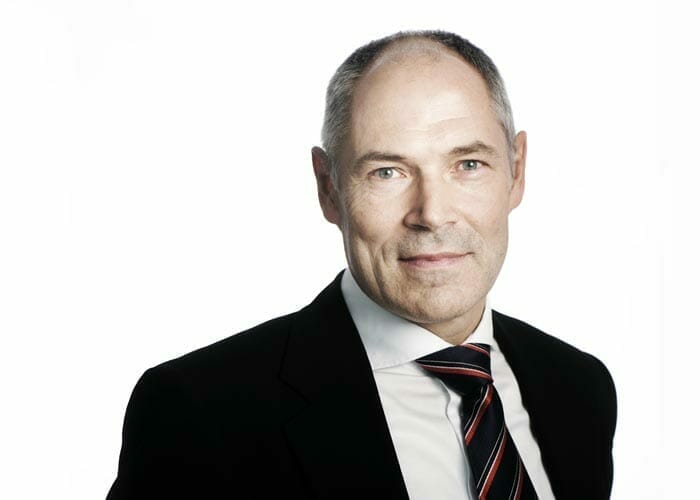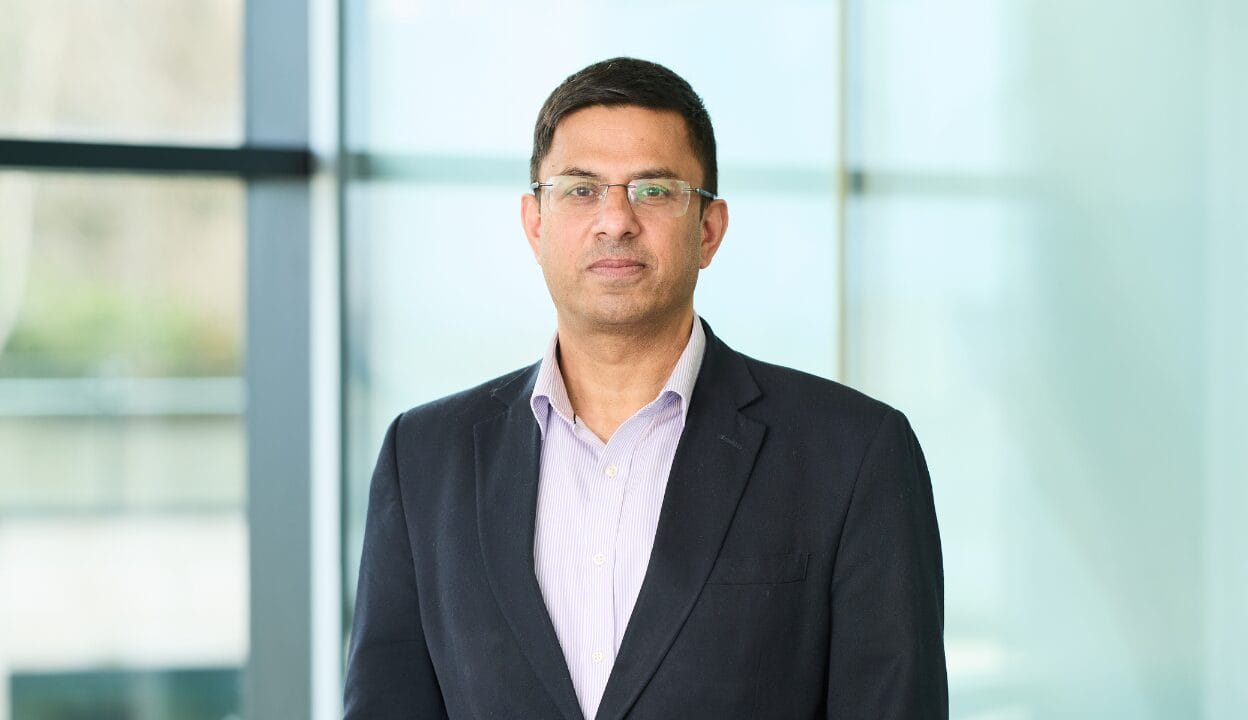Sampension, the DKK290 billion ($43.5 billion) Danish labour market pension fund, is re-negotiating terms with its alternative managers in a push for more investment control. It is a strategy encapsulated in the fund’s forestry allocation, where slim returns are pushing chief investment officer Henrik Larsen to reconsider costs and manager relationships, in a process he has already applied to other alternative allocations.
Most timberland funds tend to be closed-end funds with a forced turnover and high transaction costs, Larsen says.
“We are now looking for structures that are more open-ended and give us some control over the portfolio. We give up control if we choose a traditional closed-end fund,” he says.
It underscores a trend at the fund to commit larger sums to alternative investments more tailor-made to fit the portfolio, as Larsen seeks to get closer to the investment process and have more influence.
“We are changing the way with work with funds in the alternative space. Increasingly, we put up the term sheet and discuss issues around structures and segregated accounts, looking at where we can have more influence, concentrate the risk and commit more capital. We’ve done this in US real estate and European commercial real estate debt already. We are now looking to do it in timberland, high-yield bonds and leveraged loans. We want two things: more influence on the investment and more control over our costs.”
Sampension offers three main products. One is a closed, defined benefit fund with a low risk capacity, where strategy is oriented towards fixed income, with only 7 per cent invested in listed equity. Another is a smaller fund that reinsures Danish municipalities’ statutory-linked pension obligations for civil servants, again in low-risk strategies structured to hedge against inflation with allocations to inflation-linked bonds and commodities. But it is Sampension’s third offering – a fast-growing unguaranteed lifecycle fund – that has the most risk capacity and has become, in Larson’s words, its flagship fund.
“This is a lifecycle product, so we invest more aggressively for the younger members and conservatively for those who are older and in receipt of a pension,” he says. “Our strategy is a reflection of the risk appetite and age composition of our members.”
In the lifecycle fund, assets are divided between: listed equity (36 per cent); bonds with low credit risk, including euro-denominated government bonds and other investment-grade and covered bonds (32 per cent); illiquid assets including real estate, timber, private equity and infrastructure (22 per cent); and riskier, high-yield bonds (10 per cent).
Illiquid tilts
Rock-bottom bond yields and the risk of capital losses from rising interest rates have led Larsen to oversee a tilt in the allocation away from bonds toward more illiquid assets. He’s found a particularly rich seam in Danish social housing.
“Danish rental housing under rent control is illiquid, but the cash flows are very secure. Rental income is lower than free-market levels but there are long waiting lists for flats and a very low risk of any lapse in rental income. It is a good substitution for bond risk if you can live with the illiquidity.”
It’s an illiquid exposure that Larsen plans to build going forward.
“We have no problem coping with more illiquid exposures in our portfolio. The only problem is finding suitable assets; this is what has kept us from building up this exposure even more.”
This leads the conversation back to forestry, where Sampension has built up a sizeable allocation in the US, begun in 2002, and emerging markets. However, he warns that this allocation is not always as straightforward as it seems.
“We don’t hold any Danish forestry assets because it is too expensive, and forestry isn’t as low risk as housing because the risk varies according to different geographies,” he says.
The forestry allocation has also disappointed since the financial crisis because of the ensuing slump in the housing market, its knock-on effect on timber demand, and the broader slump in commodity values.
“Forestry has seen a fairly dismal return for the last 10 years but it is a good structural asset to hold and returns will be higher going forward.”
Equity
Sampension’s unguaranteed fund has three distinct elements to its listed equity allocation. Three-quarters of the portfolio is in a low-cost, global core allocation that is indexed, or running close to the index allowing for some tracking error. Rather than being cap-weighted, the portfolio has factor tilts towards value, low volatility and small-cap shares.
“These are all traditional factors that we hope will give us extra return,” Larsen says.
A second, active equity allocation within the fund is focused on emerging markets and Danish equities, where Larsen doesn’t believe an index strategy would work.
“Emerging markets and the local Danish market are both very concentrated markets with a few large issues; neither of these markets has a very liquid futures market either.”
Of the listed equity allocation, 10 per cent is invested in Danish companies, far beyond any allocation to the Danish listed market in a cap-weighted portfolio.
Smaller but riskier is the third part of the fund’s listed equity allocation. It’s invested in an active neutral hedge fund. Larsen likes this strategy because it makes it easy to ensure money is spent only on active managers who deliver alpha.
“The idea is to separate our core index-linked exposure from a pure alpha exposure for more control. It makes it easier to measure costs, and the value of active management, if you are in a market-neutral equity hedge fund, rather than a blended traditional mandate.”
He adds that it is an allocation he would like to build.
“When we made the decision in 2009 to split our equity allocation into pure beta index-linked and pure alpha, we envisaged that by now the alpha part would be larger. We have been conservative because we haven’t yet been convinced of the capabilities of the alpha products out there. We would take on a larger part if we could find more talent.”
Costs
With a large, internally managed fixed income allocation and a large, low-cost equity allocation, Larsen is able to keep a tight lid on management costs. Fees at the fund, including indirect costs from carried interest and transaction fees, come in at 43 basis points, on aggregate.
“Investing more in illiquid assets and alternatives will have a tendency to make our investment costs go up; however, we are negotiating for lower fees in these assets. We are also doing more internally, and making more direct investments and co-investments where we can aggressively negotiate on fees…We are open to offers from potential asset managers and this gives us leeway in negotiating fees.”
He observes that managers are still essential when it comes to ensuring diversification, namely by investing further afield in different asset classes and geographies.
“Diversification means external management,” he asserts.
Moreover, searching for direct and co-investment opportunities internally is demanding. Sampension has increased its internal headcount to 30, most of whom are focused on alternatives, particularly real estate. The fund uses six managers in listed equity, four of which run the active allocations, one the index portfolio and one the hedge fund. In alternatives, Sampension invests in more than 100 funds but some managers handle more than one of those funds.



